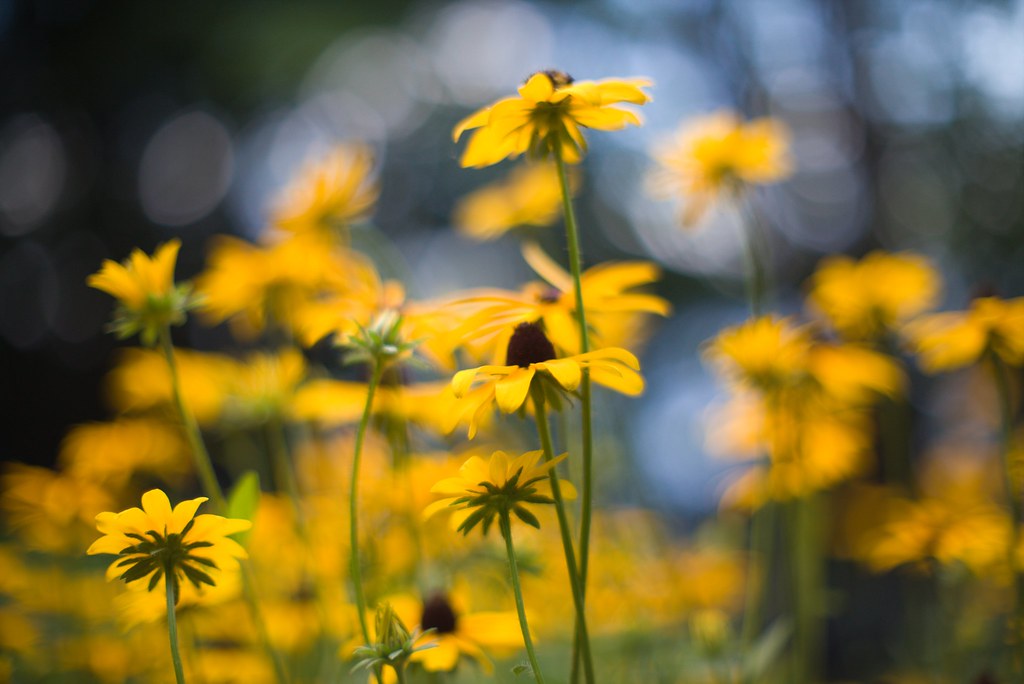Exploiting Flaws in Vintage Glass
Learning to use the characteristics of vintage glass for fun and (hopefully) profit.
Modern lenses (glass) have been manufactured in an increasingly flawless way, attempting to achieve optical perfection. I’d like to delve into the potential of using older “vintage” glass specifically to exploit the inherent imperfections present in those lenses.
An initial note: this isn’t for the faint of heart or those who tend to rely on automatic features on their cameras – it requires a slightly more in-depth knowledge of camera settings and shouldn’t be embarked upon lightly.
Traditional uses of vintage glass
Vintage glass used to be strictly the province of those with vintage cameras, but thanks to the efforts of people like DP Shane Hurlbut, ASC, they are seeing a renaissance in digital cinematography – as well as in some still photography circles.
Flaws – or rather, ‘character’
Most vintage lenses are considered “less perfect” than modern lenses, thanks to the chromatic aberrations, flaring, and other effects which show up in images due to the older processes used to create these lenses.
For example, a modern Zeiss (or even Rokinon/Samyang) lens will produce a relatively sharp image from corner to corner when stopped down a very slight amount, compared to older lenses, most of which were known for edge softness, vignetting, and especially chromatic aberration.
There are reasons to overlook some of these “flaws” – one of the most compelling being “micro-contrast”. Another reason (and one of my personal favorites) is using the “flaws” of a lens as a tool. The internet is littered with images of people exploiting “swirly bokeh”, but my personal favorite is the pseudo-painting effect from a certain vintage 55mm f/1.2 F mount lens.
Disadvantages and caveats
Using these less expensive older lenses does have a few caveats / drawbacks. Some of the ones which have bitten me are:
- They require adapters. For the most part, older lens systems will require different mounts, which will necessitate the purchase of adapters. All lens adapters are not equal, so great care must be exercised in purchasing adapters which will not damage your camera or lens, or make your shooting life harder in any way.
- Potential issues when working with shorter FFD lenses/systems. Focal flange distance is very important to consider when attempting to use lenses which were not intended for your camera’s mounting system. If the FFD of the lenses is designed to be shorter than your camera’s FFD (for example, attempting to use a Canon FD lens on a Nikon or Canon EF mount), it may require corrective glass.
- Sensor coverage issues. Some lenses were designed for smaller film/sensor planes than many of today’s DSLR cameras offer. This will produce a vignetting effect or will actually show the inside of the lens barrel on the final image.
- Requires manual focus (photography). Most vintage lenses are not compatible with newer AF systems, so you’ll have to set your still camera to full manual mode. (This is something you probably would eventually be doing, but it’s important to note that some familiarity with manual mode is good.) Some cameras and adapters will allow Av and Tv priority modes to still function if they allow metering, so you may not have to use full manual settings on your camera – but best to prepare.
- Rising costs due to renewed interest in Cinematography. After Shane Hurlbut’s initial coverage of using older lenses for newer bodies, the costs of vintage lenses have gone through the roof, including some which have increased in cost (due to demand) by at least an order of magnitude.
Some example lenses
- M42 - Super Takumar 50mm f/1.4. This lens has very nice “blooming” highlights, and tends to look “dreamy” when shooting wide open. Stopped down it tends to produce very sharp images.
- F mount - Nikkor 55mm f/1.2. An “imperfect” piece of glass which produces almost surreal images when shooting wide open at f/1.2. Much of the Ken Rockwell review is centered around how this lens produces odd bokeh, lower contrast, etc – but those qualities help produce very unique looking images.
- M42 - Helios 44-2 85mm f/2.0. I still haven’t managed to find one of these for much under $500, but it’s one of the most “popular” vintage lenses for producing odd effects. Its “swirly bokeh” is one of the reasons why it is so sought-after.
